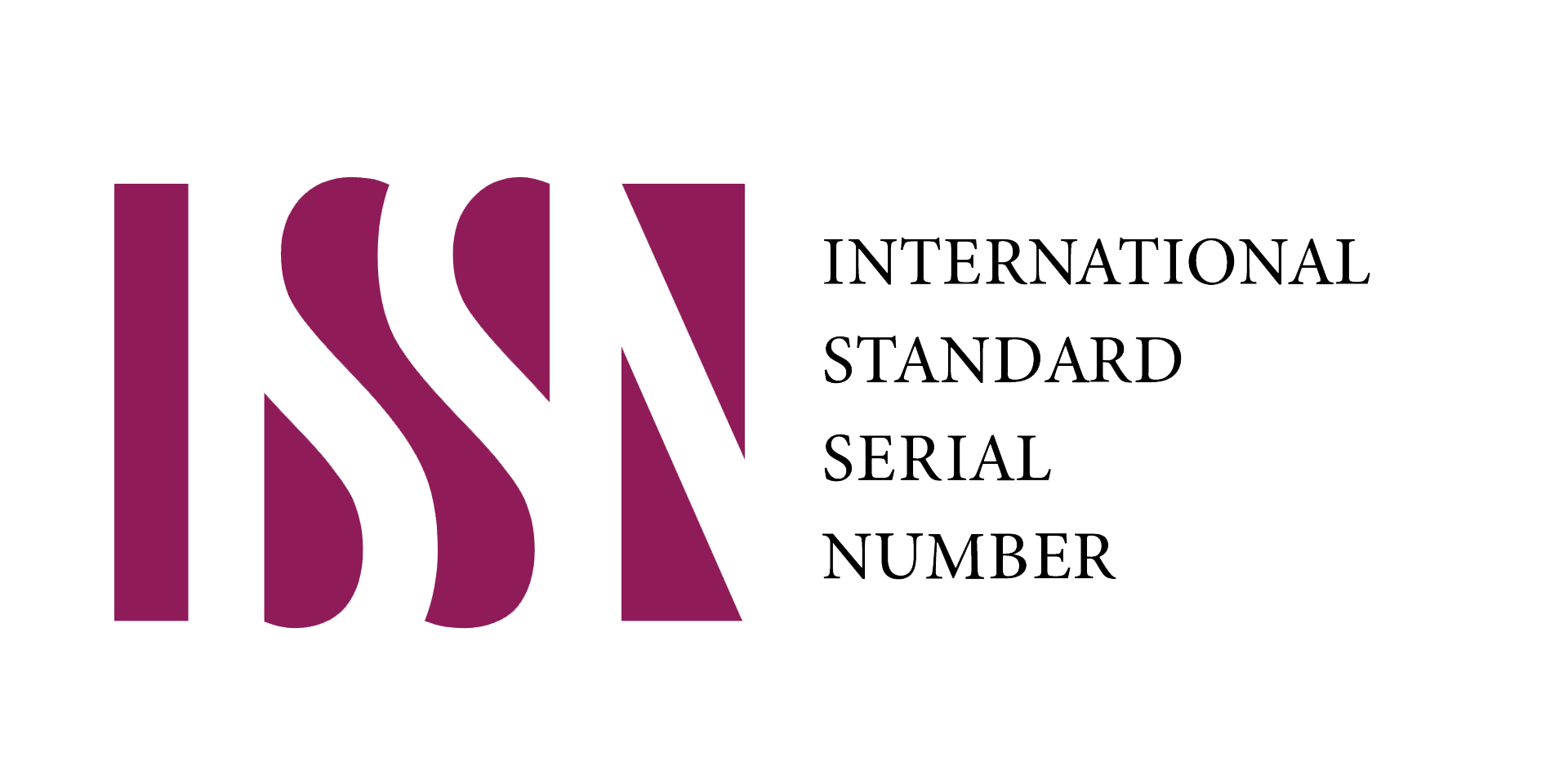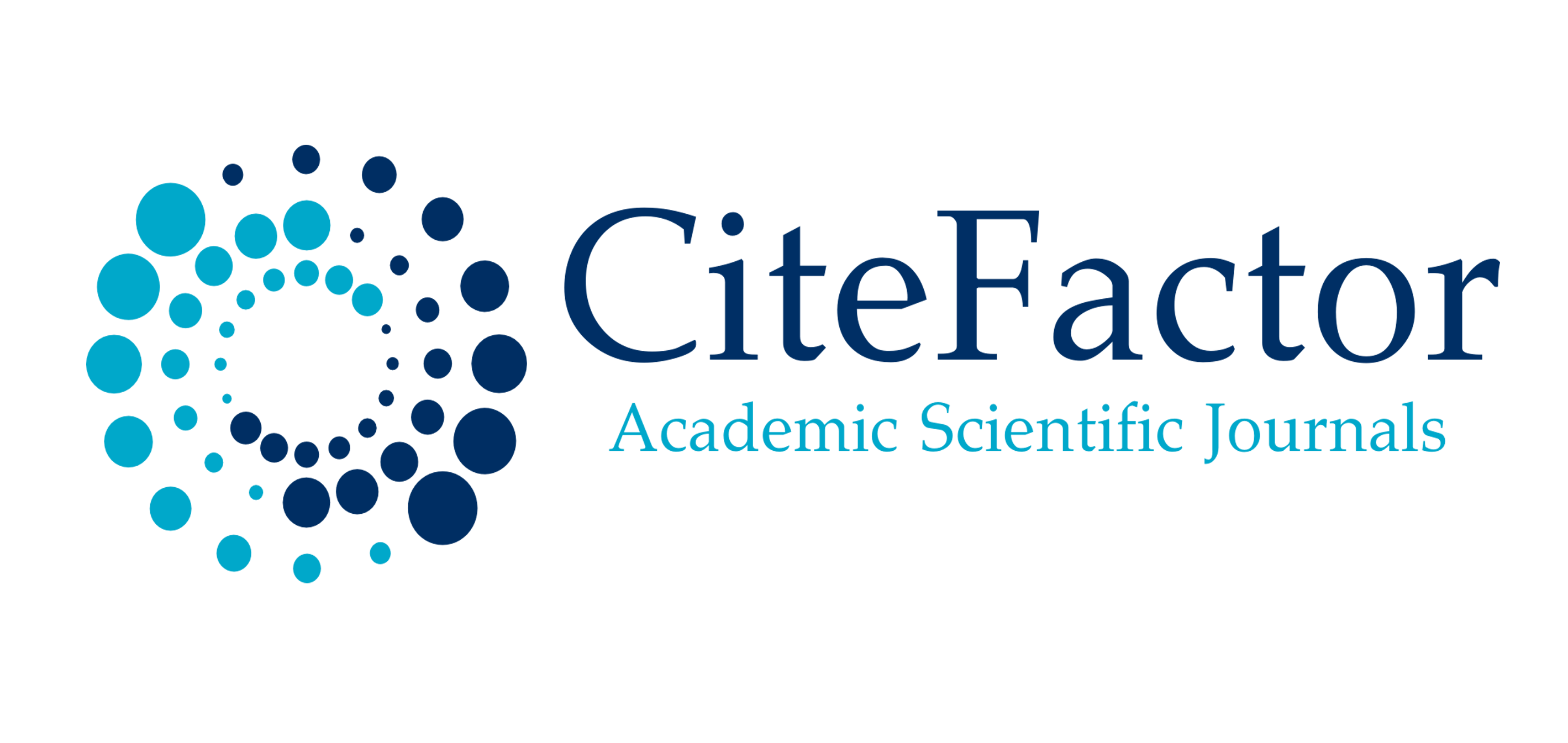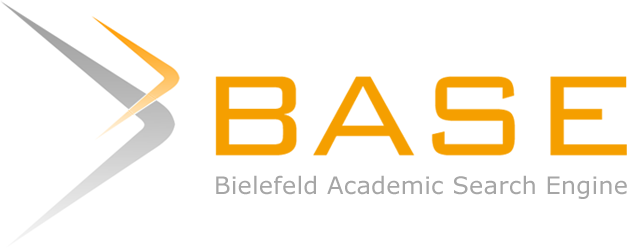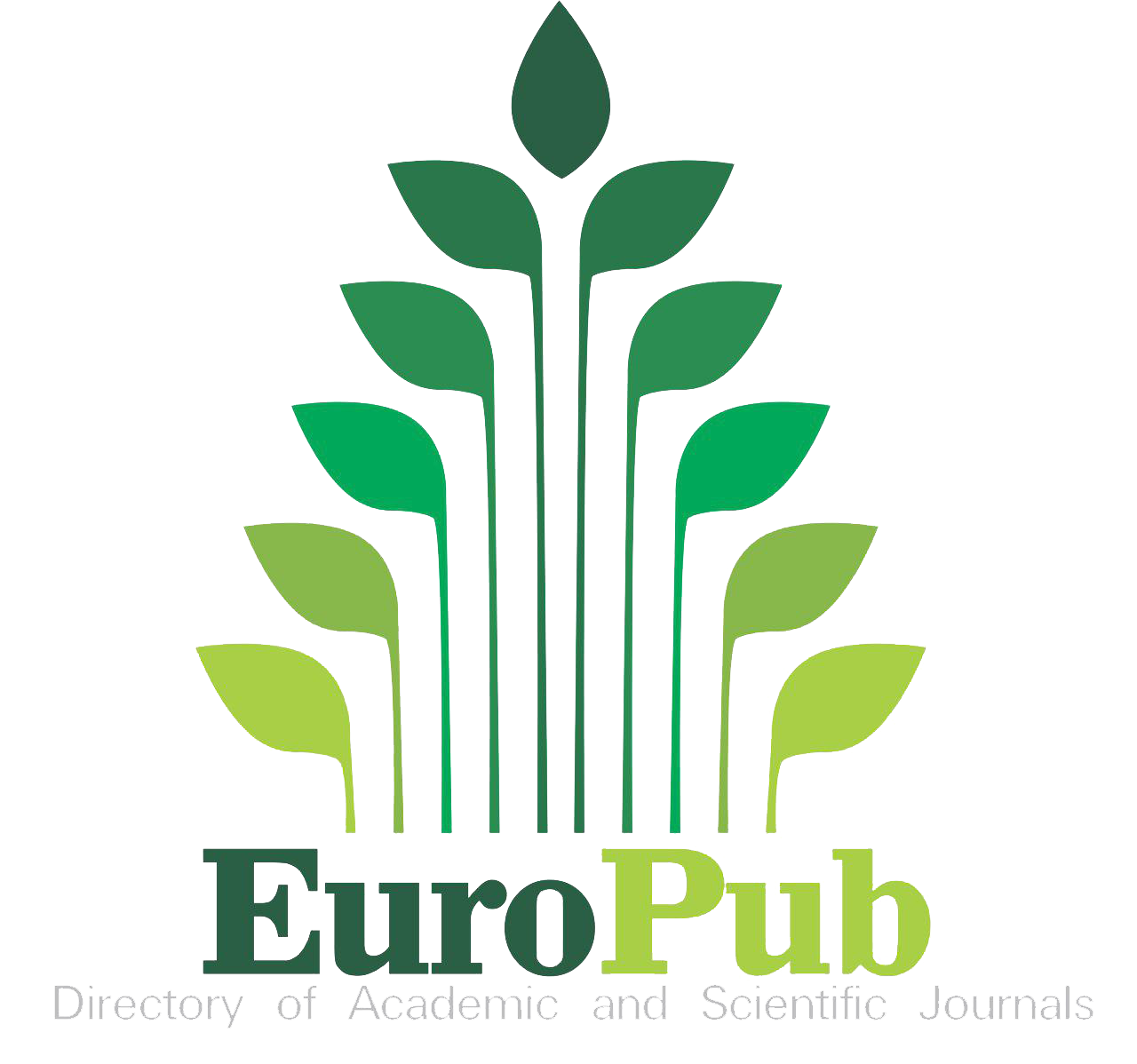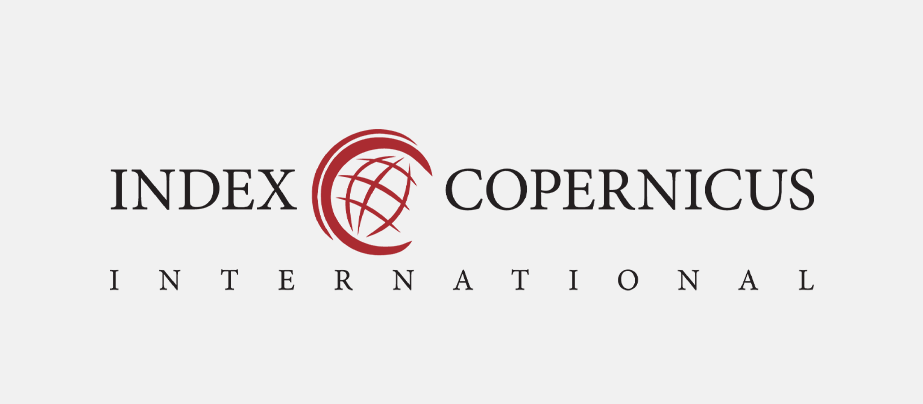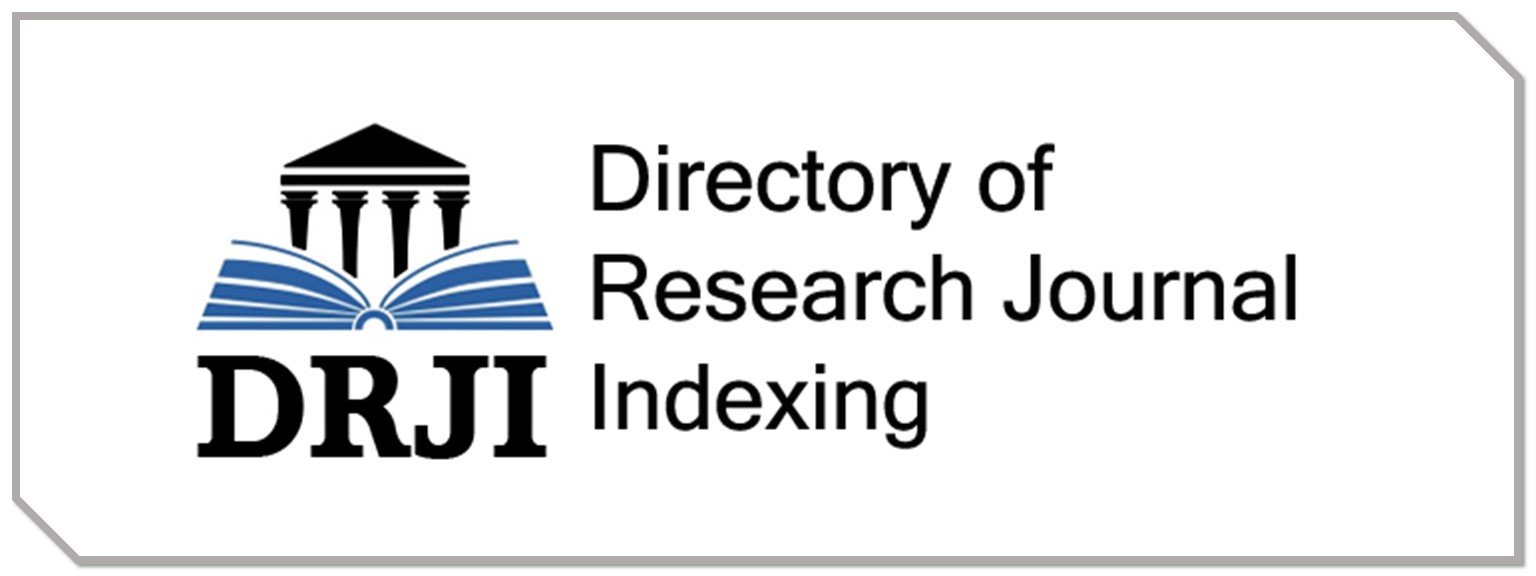Rehabilitation Exercises and Physical Therapy Modalities in Restoring Muscular Balance and Physical Capabilities after Posterior Cruciate Ligament (PCL) Rupture Surgery
Keywords:
Rehabilitation exercises, physical therapy, muscle balance, PCLAbstract
Research Importance
The significance of this research lies in the preparation of rehabilitative exercises and various physical therapy modalities aimed at achieving muscular balance in muscle groups and enhancing certain physical variables for individuals after undergoing surgery for posterior cruciate ligament (PCL) rupture. The study focuses on strengthening and increasing the range of motion of the muscles affected by the injury and the subsequent surgical procedure's side effects.
Study Objectives
The primary aim of the study was to develop rehabilitative exercises and utilise specific physical therapy modalities to restore muscular balance and enhance certain physical capabilities post-PCL rupture surgery. Additionally, the study sought to understand the impact of these exercises, aided by particular physical therapy techniques.
Methodology
A sample of athletes with PCL ruptures was selected after conducting a comprehensive survey of hospitals, physical therapy centres, and consultations with specialist doctors in football stadiums. Six players who had undergone surgical procedures to restore functionality to the affected area were deliberately chosen as the experimental group for the researcher.
Procedure
Prior to the commencement of the rehabilitation programme, the researcher conducted measurements and tests. The rehabilitation exercises were then implemented, focusing on restoring range of motion, alleviating pain, and enhancing muscle strength. The exercises included muscle stretching and improving the flexibility of ligaments and tendons in the knee joint. The primary goal of the study was to restore full function and improve pain levels to pre-injury conditions.
Findings
One of the main conclusions reached by the researcher is that rehabilitative exercises have a significantly positive effect on improving muscular balance, range of motion, and certain physical variables in individuals with PCL ruptures. Moreover, physical therapy modalities contributed substantially to the recovery of vital functions in the affected area, thereby enhancing the motor performance of individuals with PCL ruptures.

